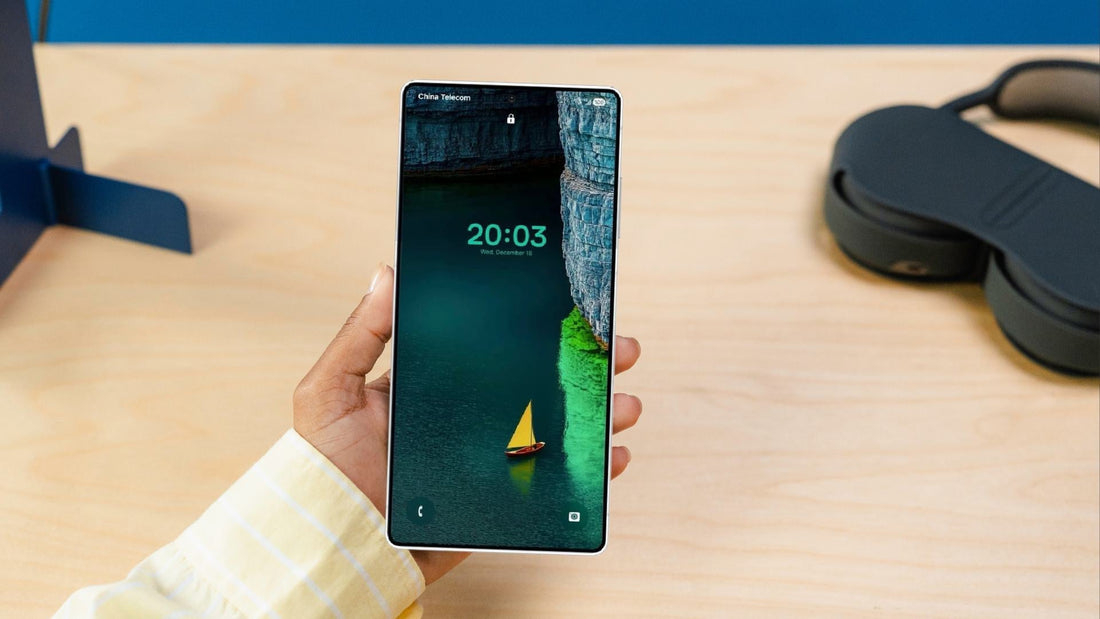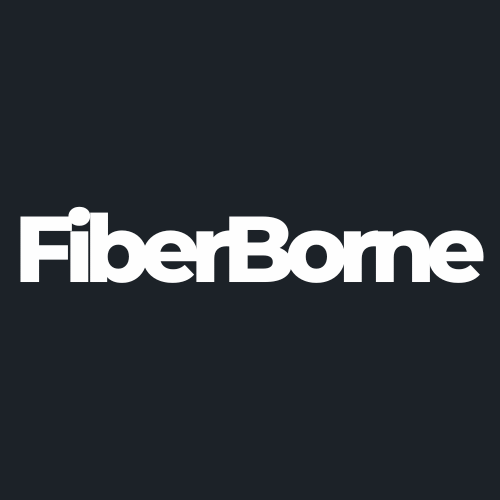
Will the Galaxy S25 Ultra Receive a Haptics Upgrade?
Share
Samsung is yet to confirm its annual Unpacked event in 2025, which usually happens early in the year, unveiling the latest Galaxy S-series. So far, it has been discovered that the upcoming line will consist of the standard S25, S25+, S25 Ultra, and a mystery variant– the S25 Slim. We don’t have a lot to say about this “special” variant at the moment, but we are particularly interested in the upcoming Ultra model.
Exciting upgrades are on the horizon as we get more reliable tips from pros in the industry, especially the leaks on the Galaxy S25 Ultra design and display. We might get more rounded corners, a slightly larger display, the "thinnest bezels ever," and a 3,000-nit brightness, making it one of the brightest screens on a smartphone. We find these upgrades great key selling points as they resemble the sophisticated aura of the iPhone 16 Pros. However, the Ultra may not be without a slight disappointment.
According to SammyGuru, certain hardware components of the S25 Ultra are expected to remain unchanged from the S24 Ultra, including the haptics motor. Additionally, neither the fingerprint sensor (qfs4008, 3D Sonic Gen 2) nor the touch chip (synaptics_s3916t_spi) will receive upgrades.
What exactly is the difference an upgraded Galaxy S25 Ultra haptics can make for users? Let’s explore this topic in more detail.
Table of Content
What Are the Haptics in Smartphones?
Haptics, or tactile feedback, is a technology that uses vibrations to simulate the feeling of touch when interacting with a smartphone. The Samsung Galaxy series has this feature. The latest version used the CS40L26 chip for the S24 Ultra, and rumors suggest this may remain unchanged.
Haptics provide a physical response to actions like tapping, swiping, or adjusting settings on a smartphone. For example, when you type on a smartphone, you feel a vibration when you press a button. Haptic technology uses hardware and software to deliver vibration patterns to the user. The vibrations can range from gentle to strong and last for different durations.
Here are some cases why it's useful:
Haptics can make the smartphone experience more engaging and immersive.
They can also be essential for users with visual impairments, who can use haptic feedback to interact with their phones without restrictions.
In the S24 Ultra, haptics are designed to work with visual movements so the timing and nuance of the vibration match the movement. For example, when you turn a setting on or off, the vibration mimics the movement of the switch. They make touch screen experiences feel more like real life by combining tactile sensations with what you're seeing or hearing.
How to Change the Haptic Feedback on the Galaxy S-Series
To change the haptic feedback settings on your S24 or S25 Ultra, you can do the following:
Step 1: Go to Apps from the home screen.
Step 2: Tap Settings.
Step 3: Tap My device.
Step 4: Tap Sound.
Step 5: To enable or disable haptic feedback, tap the box on the right-hand side.
The quality of haptic feedback varies between phones. Some phones have tight feedback, while others have vague vibrations. However, haptics can improve the functionality of your phone and make your interactions more engaging.
Overview of Haptics in the Samsung Galaxy Ultra Models

Haptics technology has long been an integral part of premium smartphones, enhancing user interaction through tactile feedback. Samsung’s Galaxy Ultra models are known for their robust haptics. Let’s take a look back at the haptics in the two most popular Ultra models.
Samsung Galaxy S23 Ultra Haptics Feedback
The Galaxy S23 Ultra introduced refined haptic feedback with a focus on precision. Samsung utilized the CS40L26 haptics motor, which provided sharp and distinct vibrations for actions like typing, toggling settings, and navigating apps. Users appreciated its tight and responsive feedback, which felt deliberate and controlled, particularly during gaming or while interacting with the UI. However, some critics noted that while effective, the S23 Ultra’s haptics lacked the nuanced “softness” seen in competing flagships like Apple’s iPhones.
Samsung Galaxy S24 Ultra Haptics Feedback
With the Galaxy S24 Ultra, Samsung continued to use the CS40L26 chip, offering a similar haptic experience as its predecessor. Although there were slight software-based enhancements in One UI, such as more synchronized feedback with UI animations, the hardware remained unchanged. The S24 Ultra’s haptics maintained a solid performance for most users, though some feedback pointed out that Samsung had reached a plateau, especially when compared to competitors advancing their haptic engines for a more immersive tactile feel.
Will the Samsung Galaxy S25 Ultra Get a Haptics Upgrade?
Unfortunately, the Galaxy S25 Ultra is unlikely to receive an upgrade to its haptics motor. Rumors indicate that Samsung will once again use the CS40L26 chip, identical to its predecessors.
While this may disappoint users hoping for more precise and engaging feedback, there’s potential for software-based refinements with One UI 7. Samsung could improve the integration of haptics with animations, transitions, and UI interactions, making the overall experience feel smoother and more dynamic.
Key areas of improvement may include:
Back Gesture Haptics: Implementing distinct vibrations for back gestures, including a unique response when canceling a back action, to provide clearer navigation cues.
Quick Panel Feedback: Introducing subtle vibrations when accessing the quick settings panel, confirming user actions without visual dependence.
Slider Adjustments: Adding tactile responses when adjusting volume or brightness sliders, enhancing control precision.
App Drawer and App Switching: Providing haptic feedback when opening the app drawer and switching between recent apps, creating a more seamless and responsive experience. 
For a visual overview of these haptic innovations, you can watch the following video:
Final Thoughts
Haptics may not be the headline feature for the Galaxy S25 Ultra, but they remain a critical component of the overall user experience. While the lack of hardware updates might be a letdown for some, Samsung could still elevate the experience with clever software tweaks.
For those who value tactile feedback, the Galaxy S25 Ultra will likely still deliver reliable and consistent haptics, but it might not push the boundaries of innovation in this area. If haptics are a priority, it might be worth exploring competitors that are more aggressively innovating in this space.
To protect your device and add Apple’s MagSafe functionality to your device, invest in a Samsung Galaxy S25 Ultra aramid fiber case. Visit our store to explore the best minimalist phone cases and accessories.
Products Featured In This Blog
Frequently Asked Questions
Can you customize haptics for individual apps on Samsung Galaxy devices?
Yes, you can adjust haptic feedback for specific apps, such as messaging or notifications. Go to Settings > Sounds and Vibration > Vibration Pattern or Intensity to customize per app.
Do haptics impact battery life on Samsung Galaxy phones?
While haptics consume minimal power, frequent or intensive use (like gaming or typing) can slightly impact battery life. Disabling haptics in Settings > Sounds and Vibration can help conserve energy.
How does Samsung’s haptic feedback compare to Apple’s?
Samsung’s haptics offer sharp, responsive vibrations but may lack the nuanced “softness” and precision of Apple’s Taptic Engine, which delivers highly refined feedback for gestures and UI interactions.
Can third-party apps improve haptic feedback on Galaxy devices?
Yes, certain apps can enhance haptic feedback for specific actions, such as gaming or typing. However, functionality depends on the phone’s hardware compatibility.
Related Readings
Written by Riley
"Crafting content as @RileyWritesTech with a passion for translating complex tech into clear insights."


